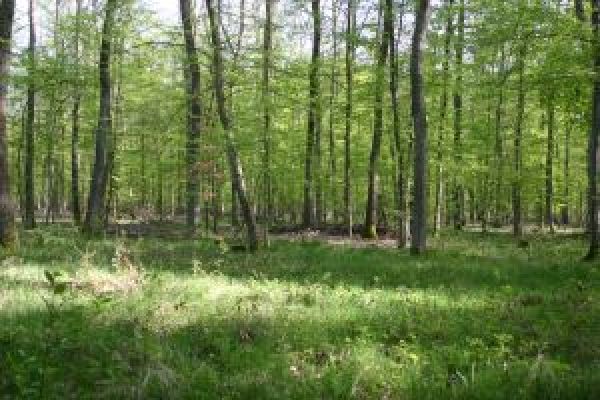Forests are the filters of our Earth: They clean the air, remove dust particles, and produce oxygen. So far, the rain forest in particular has been considered the “green lung” of our planet. Yet, an international team, including researchers of Karlsruhe Institute of Technology (KIT), recently found that the world’s largest carbon sinks are located in young, regrowing forests. The results are published in the Proceedings of the National Academy of Sciences of the United States of America (PNAS). https://www.pnas.org/content/116/10/4382
Forests are considered major carbon sinks. These are ecosystems binding large amounts of carbon, thus retarding CO2 accumulation in the atmosphere and, hence, climate change. These sinks are dynamic, their capacity can grow or shrink regionally. So far, it has been assumed that this is driven mainly by increased photosynthesis due to an increase in the carbon dioxide concentration in the atmosphere. Dense tropical forests near the equator, for instance, take up large amounts of CO2.
Together with an international team of researchers, Professor Almut Arneth of the Atmospheric Environmental Research Division of the Institute of Meteorology and Climate Research (IMK-IFU), KIT’s Campus Alpine, reanalyzed global forests with a combination of data and computer models. Based on datasets of the age of forests, the scientists calculated how much CO2 was taken up by established, at least 140 year-old forest areas between 2001 and 2010. These values were then compared with those of younger forests regrown on former agricultural or deforested areas.
Read more at Karlsruhe Institute of Technology
Photo: Forests bind large amounts of CO2 and thus counteract global warming.
CREDIT: Gabi Zachmann / KIT


